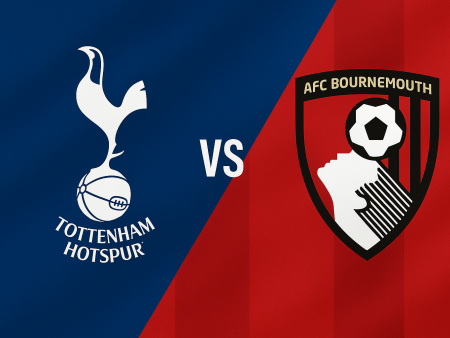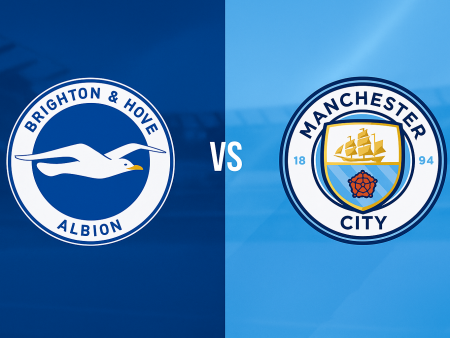Vincent Kompany Ushers in a New Chapter at Burnley: Tactical Insights from the Championship Opener
The 2022-23 EFL Championship season marks a significant turning point for Burnley as they embark on a new journey under Vincent Kompany following Sean Dyche's decade-long reign. In their first league outing since 2016, the Clarets impressed with a revitalized tactical approach, securing a 1-0 win over Huddersfield Town-last season’s Playoff Finalists. This detailed breakdown explores how Kompany’s innovative methods shaped Burnley’s performance on opening day.
Revamped Formation: Burnley’s Flexible 4-1-4-1 Structure
Burnley’s lineup featured a reimagined 4-1-4-1 setup characterized by dynamic roles and tactical fluidity. Veterans such as Connor Roberts, Jack Cork, and Ashley Barnes operated in familiar positions, while Charlie Taylor adapted seamlessly to a center-back spot on the left.
Defensively, the Clarets consistently held their 4-1-4-1 shape. However, in possession, the configuration morphed closer to a 4-2-3-1. This shift saw Joshua Brownhill moving into more advanced positions, supported by a dual pivot of Jack Cork and Josh Cullen. The result was a highly adaptable team shape, allowing Burnley to circulate the ball intelligently and apply consistent attacking pressure.
Building from the Back: Patterns and Principles in Possession
Under Kompany, Burnley demonstrated a composed buildup approach, often assembling a temporary 3-3-4 shape during attacks. Typically, one full-back would push forward while the other tucked in beside the center-backs. Connor Roberts frequently held a deeper role, enabling Taylor to expand leftward and Ian Maatsen to provide width high up the pitch. Central midfielders, particularly Samuel Bastien, often drifted inward to open passing lanes and facilitate quick combinations along the flanks.
Switching the play was a recurring theme, especially towards the right. Dara Costelloe maintained width, and Joshua Brownhill would move across to establish overloads alongside Roberts and Costelloe. Their persistent interplay down that side resulted in a total of 11 crosses, with a portion stemming from set-pieces.
The midfield engine, driven by Josh Cullen, orchestrated transitions by rapidly switching play and picking optimal moments to advance the ball. Cullen excelled at occupying available spaces to receive the ball and look forward, completing 7 out of 8 long passes and achieving a pass completion rate of 96.3%. Brownhill was similarly efficient with a 90.3% completion, highlighting both players’ centrality to Burnley’s ball retention and territorial progression.
Both patience and urgency defined their possession game, marking a clear break from the club’s previous reliance on direct, long-ball tactics. Burnley ended the match with a staggering 69.5% possession, completing over 500 passes-second only to Swansea on the opening weekend. While they did not abandon long passes entirely, such plays were used more judiciously, selected at advantageous moments to stretch the opposition or target runs in behind.
Resolute Without the Ball: Defensive Cohesion and Discipline
While embracing a more modern possession game, Burnley retained their defensive resilience-a hallmark from the Dyche era. Kompany’s team offered Huddersfield virtually no clear-cut chances, restricting them to just two shots, neither of which were on target, and a minuscule expected goals (xG) value of 0.1. Goalkeeper Arijanet Muric had little to do thanks to the airtight defensive organization.
The team’s out-of-possession 4-1-4-1 shape featured Brownhill and Cullen shielding Cork, with Barnes spearheading the high press. This formation enabled Burnley to regain possession high up the field, recovering the ball in the final third eight times-the highest across the league’s opening fixtures.
Set-piece defense also bore the mark of Dyche’s influence: every player would retreat into their own box, maximizing bodies to contest deliveries. The dense midfield compactness further choked central spaces, with Cullen’s presence strengthening the block and reducing Huddersfield’s attacking options through the middle.
Strategic Takeaways and Outlook for the Season
This opening match showcased an optimal blend of fresh attacking ideas and established defensive values. Kompany’s side demonstrated sharper ball circulation, flexible positional play, and prudent use of long passes-while maintaining the robustness associated with Burnley’s past successes.
If this approach can be sustained across the campaign, Burnley are well-positioned as strong promotion contenders. The tactical evolution seen in this opener is a promising sign for a team aiming to bounce back to the Premier League, combining innovation with the tried-and-tested resilience that has long defined the club.
Summary of Tactical Analysis
- Burnley debuted a 4-1-4-1 base, transitioning to a 4-2-3-1 when attacking.
- Josh Cullen and Joshua Brownhill starred in ball retention and transitions, boasting over 90% passing accuracy.
- The wings-especially the right side with Dara Costelloe-were exploited for overloads and crossing opportunities.
- Burnley achieved 69.5% possession and over 500 passes, only behind Swansea for the day.
- Defensively, the Clarets restricted Huddersfield to an xG of 0.1 and zero shots on target, demonstrating organized pressing and set-piece resilience.
Burnley’s early display under Kompany bodes well for the future, blending tactical innovation with defensive solidity-a combination that could propel them swiftly back to the English top flight.













